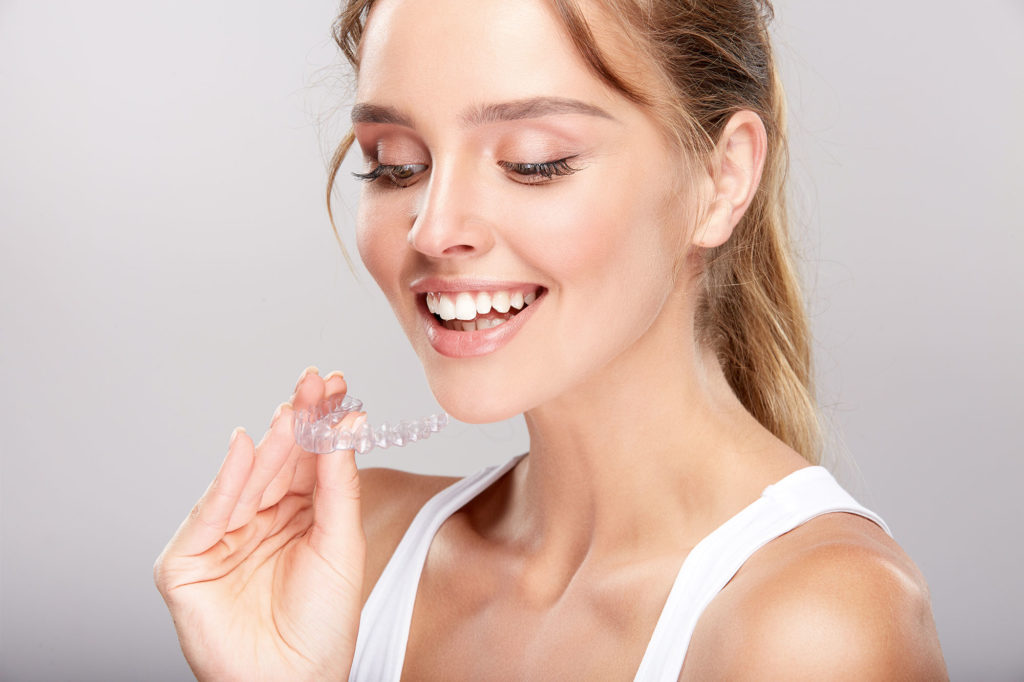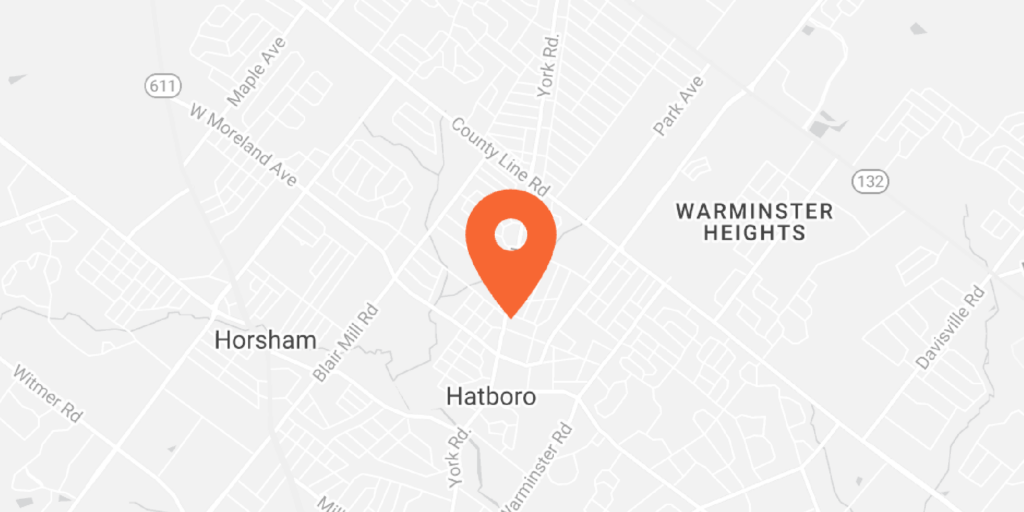The allure of Invisalign has granted it quite a solid reputation since its development in 1997. Since it began, Invisalign has made good on its promise of straightening your teeth and realigning your bite. As a matter of fact, the company boasts a 96% customer satisfaction rate.
From 1997 to now, Invisalign has treated over 2.4 million patients and 80,000 dentists and orthodontists have been trained to treat patients with Invisalign all over the world.
While your first thought may well be that Invisalign is a gimmick or a scam, a wide variety of Invisalign stats beg to differ. In this article, we’ll highlight six more of the most prominent Invisalign stats you should know if you’re considering using aligners.
Over one million teens have used Invisalign aligners to straighten their teeth.
Teens are overwhelmingly choosing to go with Invisalign to fix their smiles. The discreetness of the invisible aligners don’t compromise your teen’s confidence and they also don’t come with the pain of rubber bands and metal brace adjustments.
Invisalign for teens is also popular because there are far fewer food restrictions with the aligners than there are with traditional braces. The aligners can be removed during meals and snacks, so your teen doesn’t have to worry about popcorn or other sticky foods getting stuck in any wires.
Beyond this, Invisalign doesn’t come with the discomfort that stems from pokey wires or loose brackets. Instead, the aligners are made with smooth, BPA-free plastic. If you’re worried about the accountability of your teen, Invisalign Teen comes with a discrete blue dot that will tell you if they’ve been wearing them long enough.
To add to the convenience factor of Invisalign for teens, the company provides up to six free aligner replacements if they happen to get lost or broken.
1 in every 5 orthodontic patients are in adulthood
Over the last few years, Invisalign has served over 1.5 million customers, with a large number of those being adults (18 and older). With one out of every five orthodontic patients in their adult years, a discrete and pain-free aligning option is essential. Luckily, Invisalign is offered for a variety of ages.
On top of this, virtual orthodontist offices that offer Invisalign make the aligning process much more accessible. Virtual appointments are convenient for adult Invisalign customers because they allow you to limit possible exposure during the COVID pandemic. Virtual orthodontist appointments also cost less and take a far shorter timeframe per appointment too.
Invisalign is extremely compatible with virtual appointments, which makes it the perfect option for adults. All you need to do is send the office a mold of your current bite and they’re able to match your treatment accordingly. Once they coordinate your treatment, you can then use the appropriate teeth aligners at home when necessary.
Invisalign SmartTrack material has 75% better predictability than off-the-shelf aligners.
Invisalign’s patented SmartTrack material is extremely accurate at predicting your needed alignment than other at-home teeth aligners. In order to accurately coordinate your course of treatment, your Invisalign provider will take exact measurements of your bite with a mouth mold.
The SmartTrack material in your Invisalign aligner also makes your aligners more comfortable and a lot easier to put on and remove when needed. SmartTrack provides constant, but gentle, force. It also controls tooth movements, fits snugly around your teeth, and doesn’t have any pesky weak spots.
The technology used took eight years of research and development, involved the testing of 260 different materials, and those who worked on the design had decades of expertise in biomechanics and material science.
Invisalign works up to 50% faster than traditional braces
Anyone who had to endure braces before the invention of Invisalign and other aligners can attest to the tediousness of the process. Although traditional braces were (and still are) effective, they caused a lot of pain in a number of ways.
Uncomfortable rubber bands snapping your inner mouth, broken brackets, stray wires, and other issues regularly arise from traditional braces. On top of that, braces can take anywhere between 1-3 years to reach your desired goal.
Invisalign, on the other hand, works 50 percent faster than its traditional counterpart, and treatment is normally completed within 12-18 months. Many people claim to see results in a few weeks after starting these teeth aligners at home.
It’s important to keep in mind that you should still wear a retainer after treatment to avoid your teeth repositioning to their old alignment. Any provider that offers Invisalign will also offer Invisalign’s retainer, the Vivera. Vivera is made from materials that are 30% stronger than other retainer brands.
About 20% of the population doesn’t have an aligned bite
One survey done concluded that 82% of adults say the first thing they notice about a person is their smile. Every human being is unique and the same is true for each person’s smile. Braces and teeth aligners are becoming more commonplace, which makes sense considering the number of people who live with a misaligned bite. Although it’s never too late to fix your mouth alignment, the earlier you intervene, the less likely your mouth is to regress.
While Invisalign is generally attributed to use by teens and adults, Invisalign First is designed specifically for young children. Invisalign for kids works to treat a variety of issues including crowding, spacing, and narrow dental arches.
Like regular Invisalign aligners, Invisalign aligners for kids are easy to remove for cleaning and they also come with the same comfort level as their regular counterparts. The age between 6-10 years old is considered phase one in orthodontic treatment. Phase one allows orthodontists to be proactive in treating a problem in its earliest stages.
In conclusion
These Invisalign stats are a testament to how effective and beneficial the at-home aligning process can be. With a 96% customer satisfaction rating and an ever-growing customer base, Invisalign takes teeth alignment to the next level.
Whether you’re considering Invisalign for yourself or your child, there’s no doubt that the process will leave you with great results.



